If you've ever made graphs and charts, you know it can be a struggle to represent a large amount of data. It's something that just doesn't work very well on a flat surface. In virtual and mixed reality, however, the data can exist all around you.
In the below, futurist Jim Reichert takes a look at a data visualization (that could just as well double as a creepy modern art sculpture) through the Microsoft HoloLens to demonstrate how much more we can see and understand when information isn't confined to a flat surface. Of course, his example is just that: a representative illustration of the depth of 3D data visualization. What data he's actually visualizing here is up for debate.
Product development organization CodeScience, on the other hand, built a virtual environment for the Oculus Rift that visualizes data from popular customer relationship management (CRM) software Salesforce. Skip ahead a little past the 12 minute mark in the video below and you'll see colorful, interactive model that presents actual data unbound from the confines of a flat screen or sheet of paper.
Both examples come across as highly complex at first glance, and that's probably because they are. Two-dimensional data visualizations tends to offer a simple look at small amounts of data, but by utilizing the third dimension, we can represent far more information in real time. You also have the option of creating interactive, editable models to look at specific parts of the data and temporarily ignore some of the complexity inherent in this type of work.
While these examples represent some important possibilities in the understanding of massive amounts of information, we're still looking at a very early and likely primitive version of what's to come. We already rely on computers to manage significant amounts of information we can't on our own. In a holographic environment, we'll be able to see and understand so much more.
Just updated your iPhone? You'll find new features for Podcasts, News, Books, and TV, as well as important security improvements and fresh wallpapers. Find out what's new and changed on your iPhone with the iOS 17.5 update.
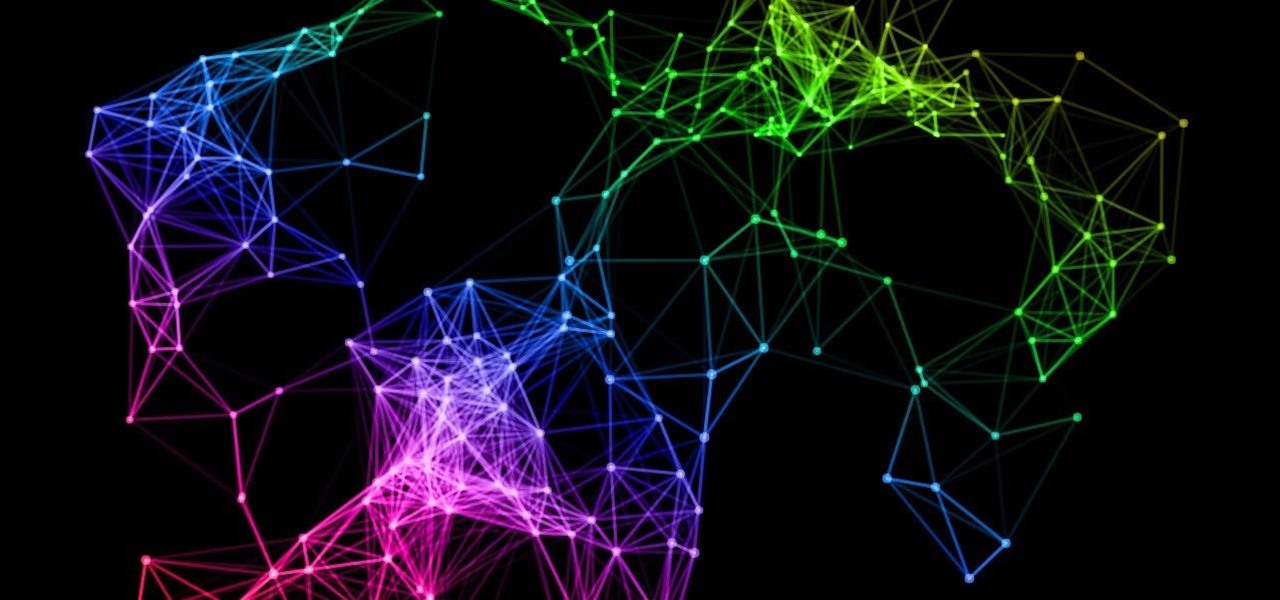

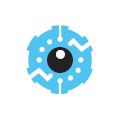
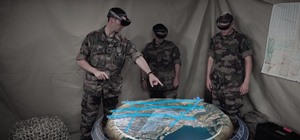
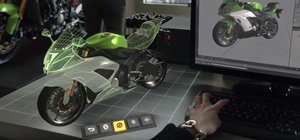



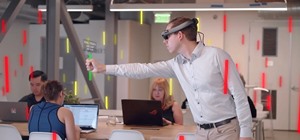
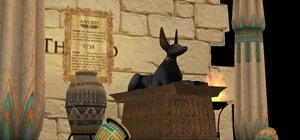
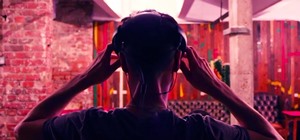
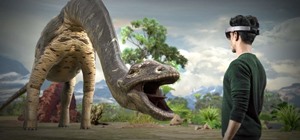
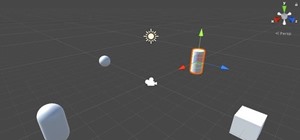
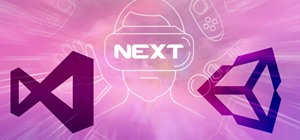
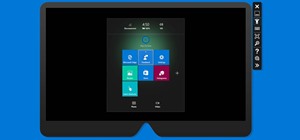
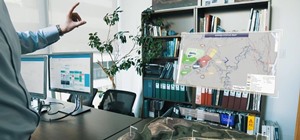
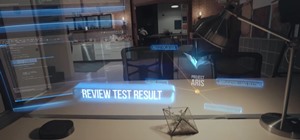
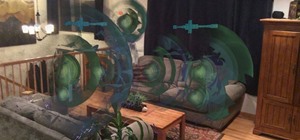
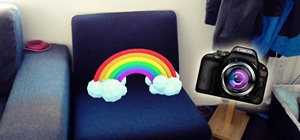
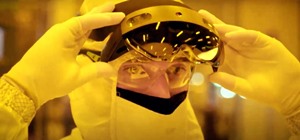
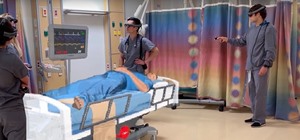
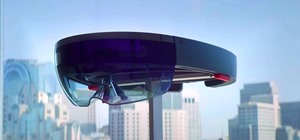

Be the First to Comment
Share Your Thoughts